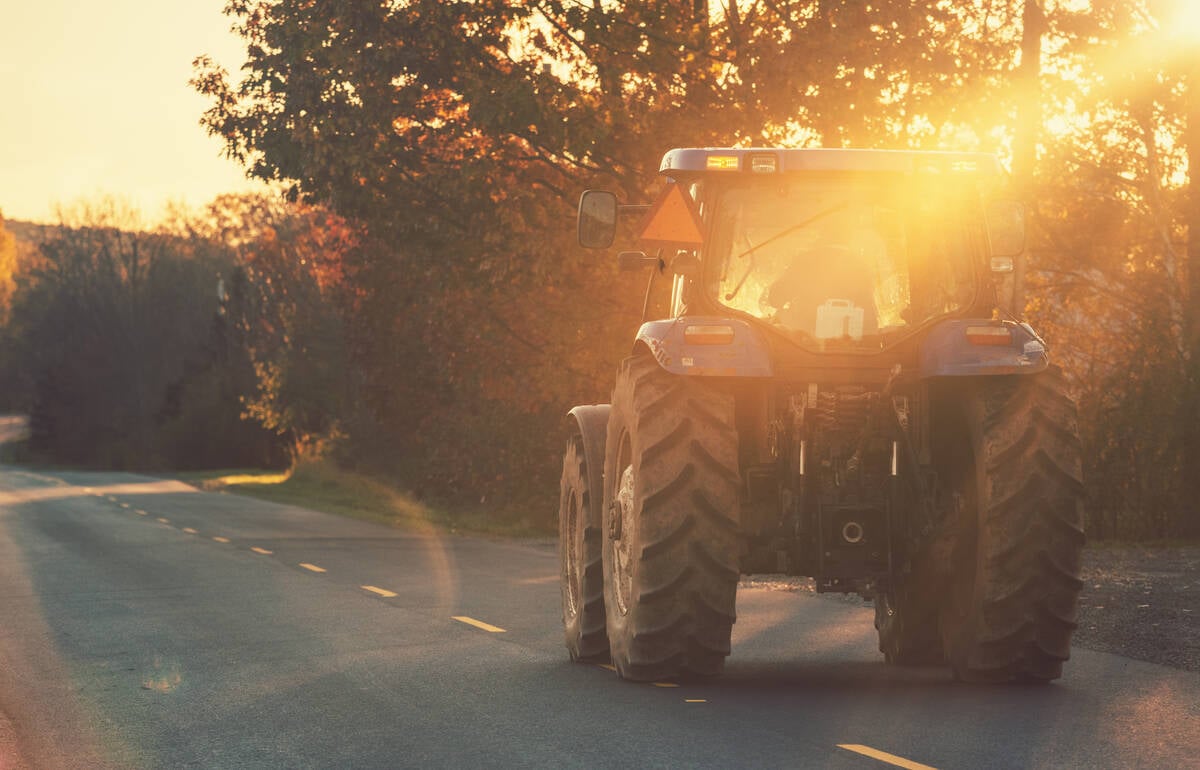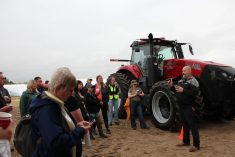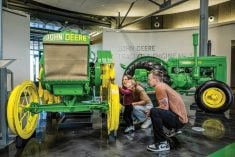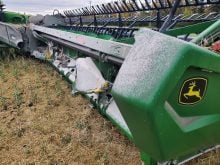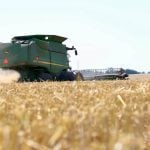Whether travelling by car, motorcycle or tractor, we all have a responsibility when it comes to road safety. Too often, though, there are reports of traffic incidents involving motor vehicles and farm equipment. Sadly, these many of these incidents have serious consequences for both drivers and equipment operators.
According to Canadian Agricultural Injury Reporting data, traffic collisions accounted for about five per cent of all agriculture-related fatalities from 2011 to 2020.
Here are some tips to help ensure everyone’s safety while on the road:
Read Also

Claas brings 1000 Series SP forage harvesters to Canada
In mid-August, Claas unveiled its new line of Jaguar forage harvesters at an event in Visalia, California, deep in the heart of that state’s dairy region.
Motorists
• Tractors and other farm equipment travel significantly slower than typical traffic, meaning a motor vehicle driving at the speed limit can close the distance on farm machinery much faster than anticipated. Always reduce your speed when approaching any farm equipment.
• Keep in mind that spring seeding and fall harvest seasons are when more agricultural equipment is travelling on public roads, especially in rural areas.
• Always keep a distance behind farm machinery, which provides a better view to determine when it’s safe to pass and helps the equipment operator see you.
• Although it may be frustrating when behind a slow-moving vehicle, it’s important to only pass when it’s safe to do so.
• Be aware that some farm equipment is very wide and may take up more than one lane.
• Tractors and other farm vehicles often make wide left turns. If you see a tractor veer to the right, there is a good chance it is about to turn left — this is not a signal for motorists to pass!
Equipment operators
• Whenever possible, use side roads rather than highways due to the size and slower speeds of farm machinery. Take the time to plan your route before hitting the road.
• Ensure your equipment it outfitted with reflective materials and a slow-moving vehicle (SMV) sign that is in good condition and visible.
• Before going out on any road, check that all lights, beacons and turn signals are clean and working properly.
• Double-check that all loads are secure and that your equipment won’t leave debris on the road or send any projectiles toward motorists.
• Understand the width and height of your equipment and adjust mirrors accordingly. This will help ensure safe travel and clearance from potential obstacles such as road signs, overhead wires or bridges.
• When transporting oversized loads or operating on high-speed roadways, it’s best practice to use a pilot vehicle whenever possible. (Note: Some provinces have specific requirements regarding pilot vehicles, while others do not. Be sure to check your provincial highway traffic legislation to confirm requirements in your area.)
Remember: We all share the same public roads, which means we all have a role to play in making sure everyone gets home safely.

